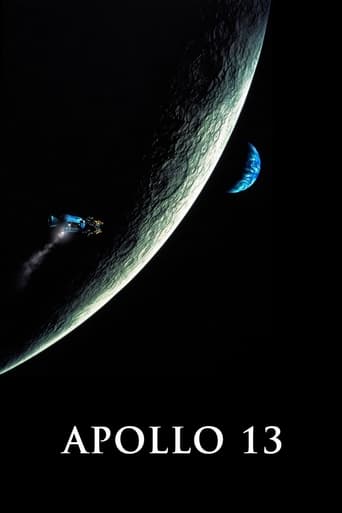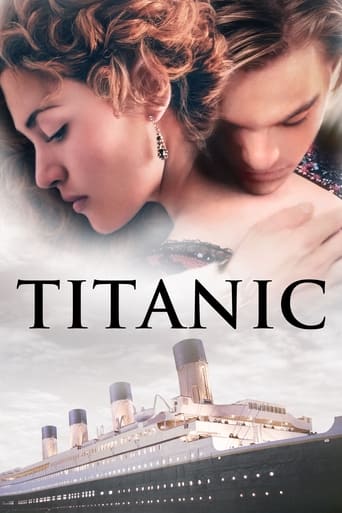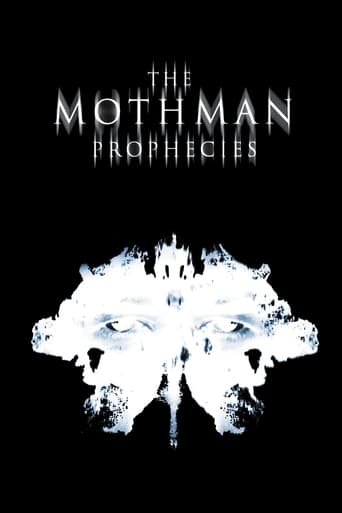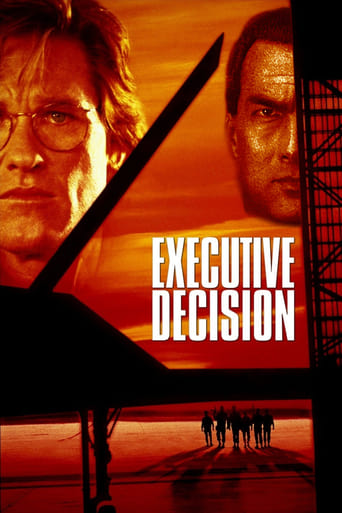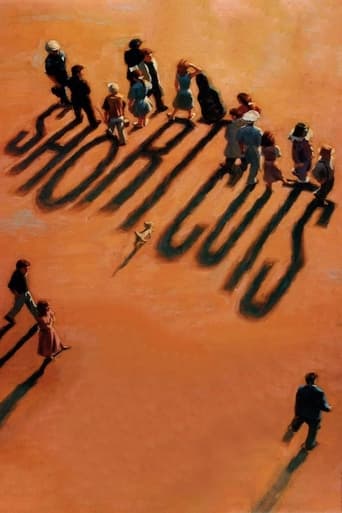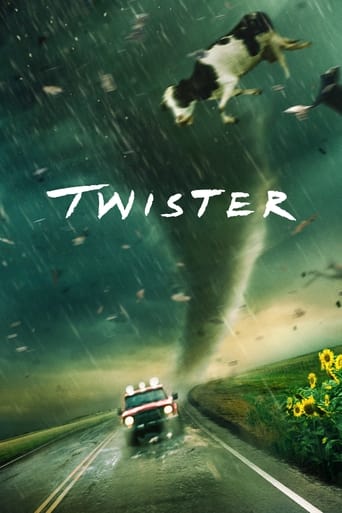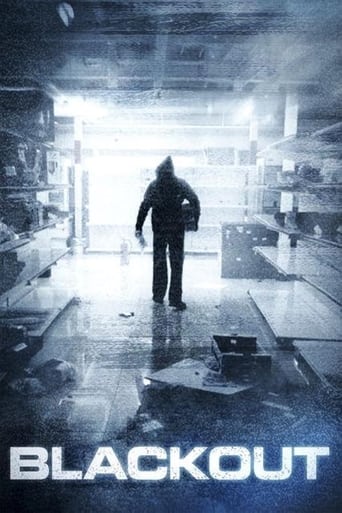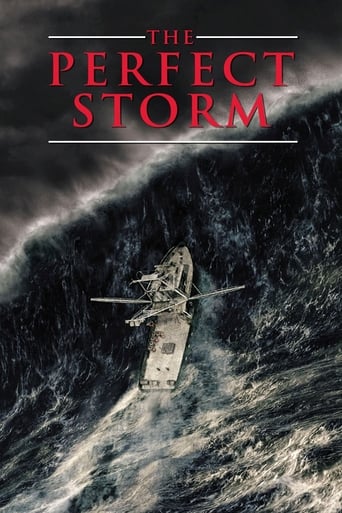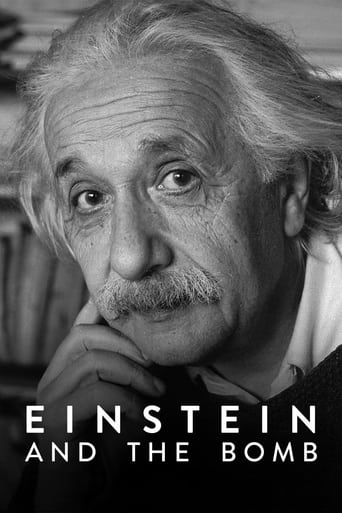

Life, and Nothing More… (1992)
After the earthquake of Guilan, a film director and his son travel to the devastated area to search for the actors from the movie the director made there a few years previously. In their search, they see how people who have lost everything in the earthquake still have hope and try to live life to the fullest.
Watch Trailer
Cast


Similar titles
Reviews
7/10 If I hadn't read a review or two this movie before watching, i would have been convinced this was a documentary. But it's not. It's a piece of fiction which comes across as a documentary. I am thinking of Orson Welles "War of the worlds" "After the 1990 earthquake in Iran that killed over 30,000 people, Kiarostami went to search for the stars of his previous film Where Is the Friend's Home?. This film is a semi-fictional work based on these events, shot in a documentary-style. It shows a director (played by Farhad Kheradmand) on this journey through the country in the aftermath of the earthquake." The movie puzzled me. Is the main actor a professional among amateurs. The acting (and I guess it is acting) doesn't come across as acting. my favourite moment comes during a sequence during which the lead speaks to two young girls doing their laundry in the open. That's because both of their houses have been destroyed due to the disaster. One of the girls seems more timid than the other. For a few moments there is a shy smile on her face. Is that acting? Looking forward to seeing more of this directors work.
In Abbas Kiraostami's acclaimed pseudo documentary, an unnamed director (Ferhad Khermanend, playing an alter ego of Kiarostami) and his young son to return to Koker, the setting of his great film "Where is the Friends Home", in the wake of the devastating 1990 earthquake that hit northern Iran. The movie is ostensibly about the search for the two boys who starred in the earlier film but it turns into a kind of fictional documentary about the strength of the human spirit in the face of disaster. the camera simply watching out the car window for much of the film, taking in the landscape, the ruins of mud houses, and the streams of homeless people hauling food and equipment to makeshift shelters. The villagers are fatalistic, believing that the earthquake was God's will, but the rebirth of the human spirit is symbolized by the fact that most people seem interested in watching the Italia 90 World Cup matches, despite their terrible tragedy they have gone through (many have lost their homes and family members). In a director with less sensibility, a movie like this would seem the shameless exploitation of a tragedy. The movie is not quite entertaining but it is compelling. The filming of this movie would itself be fictionalized by Kiarostami in Through the Olive Trees.
There is a long intro before the title. A film director and his son are shown driving in a small beat-up car to northern Iran soon after the 1990 earthquake. When the car enters a long tunnel, the camera keeps rolling and on the darken screen the titles finally appear.The film director is nominally Kiarostami, but played by an actor. Typical for his films, the documentary genre blurs with the fictional account. The devastation that we see from the moving car is real, though the lamentations we witness are probably staged, which does not diminish the sense of suffering of the affected local communities.The impetus of this travelogue through a torn landscape is to locate at least one of the kids that was his main character in one of his previous films, "Khaneh-je doost kojast?". That quest is the director's central preoccupation, so much so he does not recognize another boy, who he gives a lift to, that had a secondary role in that film. If you see the aforementioned film, you will clearly remember the face.The quest is made difficult by roads that have been gutted or blocked by rock and earth slides, and by the steep mountainous terrain of his goal, the small town of Koker. As he gets tantalizing close, we root for him.The way the film ends may be disappointing to some, but I found that it matched the title of the film, "And Life Goes On". For the survivors of the earthquake there is mourning for the dead, but at the same time the 1990 World Soccer Cup is going on. What team will make it to the final? While houses have to be rebuilt, it is also important that TV antennas be lifted so that all can see the games in the evening. The director will make more films but now he is concerned about the well-being of that child actor. So life goes on, the quest must go on. There is no ending.
This is the transition from Kiarostami's films about children into his more adult, philosophically ponderous phase (and his bridging of the gap between characters searching on foot, as in the first of the trilogy, "Where is the Friend's Home," and within cars). As with all of Kiarostami's films, it's just beautiful to look at, not so much the way he films it (although this film continues his favorite shot of action taking place extremely far away), but what is filmed. For this reason I almost feel like I'm blinded by the director's name on the film, giving his films such high marks, because he doesn't really DO anything that you can point to. There is no startling mise-en-scene (the nature exists anyway, regardless of his camera). But he repeatedly and consistently creates a tranquil, pure, loving feeling in me. It has to do with his soul: he's putting it up there every time. Not autobiographically, but tonally. It has nothing to do with words like "craft" or "quality." The simple gesture of a child wanting to raise a grasshopper is enough for Kiarostami to be considered a great realist, an observer. And his film is a connector of people. It might sound simple to say, but for a Westerner with no real idea of what life is like in Iran -- or better, not life, but people -- the simple depiction of it that shows, "Hey, they're basically like us," is invaluable. That's the difference between artists who share what is and artists who create what isn't. And more immediately, within the film, he deals with the public tragedy as great connector, whether it's an earthquake or an act of terrorism. And for us Westerners whose first real impression of that came with 9/11, this film will ring true -- and be remarkable if we consider that things like this happen over there all the time. (Which possibly explains why our main character never seems all that shocked by anything he sees; when a woman cries for her family, he nods his head, but doesn't seem terribly affected by her tears.) One character here asks what Iran has done to anger God and cause the earthquake, but there is little religiosity in the film. Unlike certain recent American films, this film does not have a tendency toward hand-wringing and overwrought seriousness reaching toward the skies. That scene itself is understated like the entire film. The characters here are not spiritual ciphers. They're utterly practical. As with Kiarostami's two greatest films, "Close-Up" and "Taste of Cherry," the film becomes brilliant when it breaks from its placid realism into self-reference: the main character pulls out a picture of a boy who acted in the real film "Where is the Friend's Home?" and asks strangers where this real boy is, who he says played a role in the film. Is this a real earthquake? Is this actor really harmed? Is this a documentary? Is the main actor playing Kiarostami; is Kiarostami filming this from the passenger seat? Are they really out looking for this boy? But as with those two masterpieces, it's this that borders on insufferable, smirking cleverness on Kiarostami's part that makes me question the so-called honesty of his films. (I find his interviews pretentious and evasive.) Is it possible to be a self-referencing deconstructionist and reveal human truths, not just reveal "the nature of cinema," in an attempt to be the Iranian Godard? This is what lessens my enjoyment of his films, because it lowers my trust. Kiarostami asks a lot of us. "Okay, admit the first film was openly a film, but accept this as a closed film, until I tell you it's a documentary..." There are other flaws. It does get "cute" at times, as when the main character repeats his son's question at a later time ("Why is it coming out of a tap?"). And the boy seems preternaturally wise -- part of the film's "message" is not to discount kids' wisdom: the boy questions the validity of the claim that God caused the earthquake, shocking one woman that he and his father come in contact with throughout their travels. However, there is so much richness elsewhere (and I'm willing to accept that the layering of the self-reference adds to the film, even if it makes it momentarily annoying) that you can move beyond its flaws (which, honestly, I would accept pretty easily in another film; with Kiarostami you have expectations in the clouds). I'm particularly interested in the way children (and the child experience as remembered or experienced by an adult) are presented on screen, and I'm continually ecstatic that we have Kiarostami contributing to this. (That the main character's son describes one boy from "Where is the Friend's Home?" by his eyes is appropriate, as when we see him they are indeed strikingly beautiful.) The film is also an interesting comment on what happens to people after they work -- Falconetti comes to mind. And the ending is already a classic: it's like the swimming pool scene in "Nostalghia" in tone. Does what happen happen because the film has to end that way, or because of the human spirit? (This is one of the few scenes where music plays under it.) Even though the movie has no end, only a means, it moves forward like a good documentary. Even though time is not indicated (there are few, if any lapses; time is experienced, as in Tarkovsky), it moves along at a nice pace -- not so much in that the story is brisk, more in that we've settled into its own rhythm. There is no "story," only the story of film as experience. Lots of Big statements could be inferred from the film -- it's about an endless journey with no resolution to a place they don't know how to get to (college students, get your pens out) -- but I take it directly. 9/10




